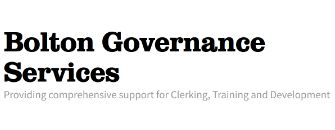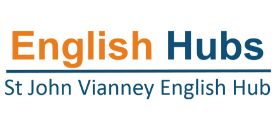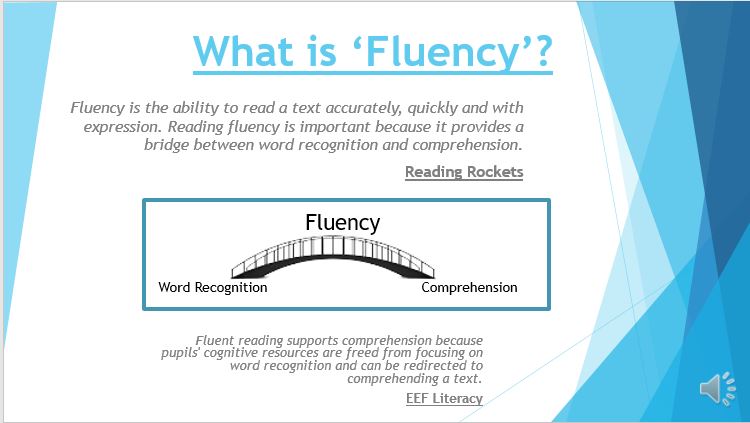Why is it Important? What is Reading Fluency?
Fluency is the ability to read a text accurately, quickly and with expression. Reading fluency is important because it provides a bridge between word recognition and comprehension.
Ofsted, Research Review Series: English
(July 2022): –
Teaching reading fluency
The most important factor explaining variation in pupils’ reading fluency is amount of exposure to text.[footnote 146] This can include oral exposure to text.[footnote 147] There are stark differences in the amount of reading practice children get both inside and outside the classroom. As Stanovich and Nathan outline, if children are to become fluent readers, ‘they need to read a lot’.[footnote 148]
Beyond the crucial importance of a large amount of exposure to text, research pinpoints a number of strategies that can improve fluency.[footnote 149] Padeliadu and Giazitzidou’s review of research on reading fluency identified several strategies that were shown to support fluency development. One of the most effective strategies was repeated readings of texts. Repeated reading allows pupils to apply their knowledge to new material and is effective for a wide range of pupils from the early years onwards. The evidence reported in the review showed that repeated reading was effective for pupils with reading difficulties.[footnote 150]
Research found that simultaneously listening to and reading along with texts was a valuable strategy with struggling readers. The teacher’s reading shows how the text should sound and, in doing so, highlights the ‘prosodic cues’ in a text to pupils. However, the demands on working memory of this activity suggest that pupils’ comprehension might be lower when reading-while-listening.[footnote 151] This possible limitation should be considered when deciding whether this strategy will fulfil the aims of the lesson. It would also seem counterproductive to undertake this sort of activity before pupils have mastered the alphabetic code.
A third strategy considered in the same review was discussing the wording in a text before reading it. Pupils can practise key words in the text before they read it for themselves.
And a final strategy is to provide opportunities for pupils to perform and read aloud.[footnote 152] The national curriculum says that pupils in Years 5 and 6 should have opportunities for ‘preparing poems and plays to read aloud and to perform, showing understanding through intonation, tone and volume so that the meaning is clear to an audience’.[footnote 153]
Reading Rockets
Fluent reading supports comprehension because pupils’ cognitive resources are freed from focusing on word recognition and can be redirected to comprehending a text.
EEF Literacy
Reading aloud, accurately and at a reasonable pace, are important aspects of the reading process. Once readers no longer need to decode individual sounds in words, word reading becomes automatic, freeing up mental bandwidth (amount of cognitive resources/space available to complete tasks) allowing readers to focus on the meaning of language, pace and the expression of their voice.
Click on the image below to download What is ‘Fluency’? PowerPoint
Why is reading fluency important and what does it look like?
Fluency is important because it is the bridge between sounding out individual words and truly understanding them. It’s the gateway to comprehension, or understanding.
Why monitor reading fluency?
Developing reading fluency enhances a pupil’s ability to comprehend the written word, enabling them to use reading as a vehicle to learn.
Dual Coding Icons
EEF Literacy
Fluent readers read aloud effortlessly and with expression. Their reading sounds natural, as if they are speaking. When fluent readers read silently, they recognise words automatically. They group words quickly to help them gain meaning from what they read. [expand title=”Click here to read more on EEF Literacy” tag=”h3″]
Because fluent readers do not have to concentrate on decoding the words, they can focus their attention on what the text means. They can make connections among the ideas in the text and their background knowledge. In other words, fluent readers recognise words and comprehend at the same time.
For a fluent reader, “multiple tasks are being performed at the same time, such as decoding the words, comprehending the information, relating the information to prior knowledge of the subject matter and making inferences”.
Less fluent readers must focus their attention and energy on decoding text, recognising individual words, and then trying to string them together for meaning, leaving them little attention for understanding the meaning of text. Their reading is less ‘smooth’ because they need to decode words. By the time the child gets to the end of a sentence, they may not even remember what has been read. This means that if a reader is using their ‘cognitive resource’ to decode words on the paper, there is little processing space to make sense of the text/comprehend the text.
Reading fluency is important for learning in all subjects to understand information. Developing reading fluency enhances a pupil’s ability to comprehend the written word, enabling them to use reading as a vehicle to learn.[/expand]
Reading Rockets
Fluent readers “can read quickly, accurately, and with appropriate stress and intonation”.









